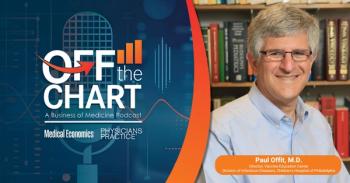
AI gives 3D bioprinters “eyes and brains” to build living tissue; rugby linked to higher dementia risk; few Americans with high blood pressure use salt substitutes – Morning Medical Update
Key Takeaways
- The "GRACE" bioprinter uses AI and laser imaging to adapt designs, improving cell survival and function for potential organ repair and replacement.
- Former high-level rugby players in New Zealand face a 22% higher dementia risk, especially after age 70, due to repeated head impacts.
The top news stories in medicine today.
Researchers at University Medical Center Utrecht have reached a breakthrough in 3D bioprinting: a printer that doesn’t just build but also “sees” and adapts designs in real time using artificial intelligence (AI) and laser imaging. The new system, called “GRACE,” improves survival and function of printed cells, offering a faster, gentler way to create blood vessels and complex tissues — a step toward future organ repair and replacement. Read more in
Former high-level rugby players in New Zealand face a 22% higher risk of Alzheimer’s and other dementias compared to men in the general population, according to a University of Auckland study of nearly 13,000 men, published in
Fewer than 6% of U.S. adults report using salt substitutes, despite their effectiveness in lowering sodium and managing blood pressure, researchers reported at the
Newsletter
Stay informed and empowered with Medical Economics enewsletter, delivering expert insights, financial strategies, practice management tips and technology trends — tailored for today’s physicians.














